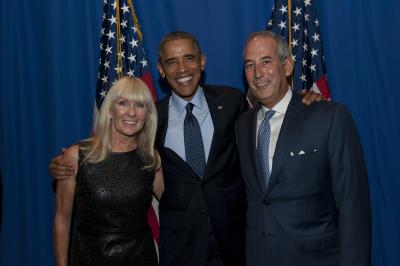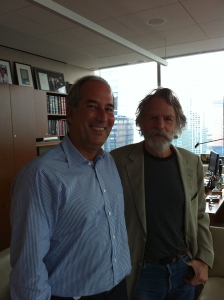This week I did something very unusual for a life-long Mets fan: I cheered the Yankees to their record 27th World Series triumph. I have friends not even Mets fans who complain that the Yankees don’t deserve our respect because they simply bought their way to victory. I say the Yankees deserve our praise because they do what any great team is designed to do – they win and they do so in an exciting way. Now don’t get me wrong sports fans I am not about to trade-in my life-long and generally unrequited love for the Mets. When they win on average once every 24 years it is a sublime experience. However I have to hand it to the Yankees – they are a class act.
Baseball has been much on my mind lately. When my family and I moved back to New York from London last year the move went very smoothly and we lost neither children nor pets nor most of our possessions except for one missing item: My circa 1973 Rawlings baseball mitt. Not just any glove mind you but one that had been lovingly worn-in through years of play oilings and nights tucked under a bed corner. This was no longer a stiff piece of cowhide; this was as supple as a fine Italian driving glove. But now the mitt was gone vanished into that black hole where favorite running shoes iPods and keys disappear beyond the event horizon.
So you can imagine my horror when I had to go out and buy a brand new mitt to play catch with my son Walter. I have to admit that my new glove was a bit of an equalizer – wearing what felt like a cinderblock on my left hand I dropped as many fly balls as nine year-old Walter. But as I was explaining how I would never have missed a particular catch with my old glove a new business idea came to me. How many other aging ballplayers had lost their favorite glove or had it thrown away in some over ambitious housecleaning? Might there be a market for pre-worn baseball gloves akin to the market for pre-washed jeans? Would every dad need to wait until he could no longer throw a ball just to wear-in a second mitt all the time explaining to his wife why they needed to sleep for the next five years with a filthy leather glove tied around a baseball under their mattress?
As I was just putting the finishing touches on my brilliant new business plan a funny thing happened. I found my old mitt hidden in a bag at the back of a storage closet. It was even better than I had remembered it. Soft pliable curved-up at the end to scoop ground balls. So I grabbed Walter ran to the park and put the mitt to work. Walter was a bit surprised at my new-found zeal but I have not had so much innocent fun since the Mets won the1969 World Series.
Now if the 2010 Mets could only trade JJ Putz for Tom Seaver I could stop pretending I am a Yankees fan.





